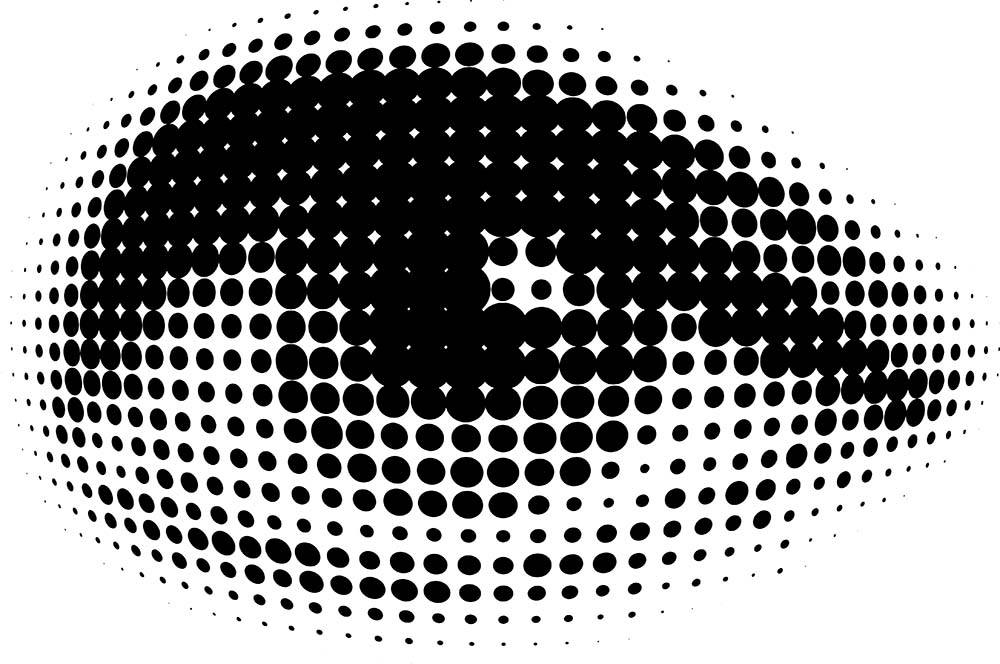
What is Fuch’s dystrophy?
Fuch’s dystrophy, often known as Fuch’s disease, is a disease found within the cornea of the eye. Dystrophy means the deterioration of a cell or tissue in the body. The term ‘Fuch’s’ was coined after the 19th-century ophthalmologist Ernst Fuchs who uncovered various cornea-related issues in several of his patients.
Since then, this eye disease has taken root in the world of ophthalmology and, as such, has been thoroughly researched. Here are some things you ought to know about Fuch’s disease.
Fuch’s dystrophy is a relatively common condition affecting people in the U.S. Here, we go over some of the signs and symptoms, the causes, and the tools eye doctors use to diagnose this condition. We’ll also take a look at some of the ways Fuch’s disease can be treated.
First signs and symptoms of Fuch’s dystrophy
The early signs and symptoms which may indicate Fuch’s disease are as follows:
- Increased sensitivity to light
- Foggy vision in the early mornings
- Difficulty seeing at night
- An unnatural feeling in your eye
- Seeing small dots, stars, or shapes throughout the day
- Eye swelling and pain
What are the stages of this condition?
As the symptoms progress, the stages of dystrophy become more prevalent. In the first stage of the disease, a build-up of fluid within the eye causes cloudy vision. This symptom is most notable in the morning due to the accumulation of fluid overnight. The cloudiness might clear-up throughout the day, but this is only temporary.
However, in the second phase of Fuch’s dystrophy, fluid accumulation gradually worsens and does not correct itself throughout the day.
What causes Fuch’s disease?
In our eyes, we have cells known as the endothelium. These cells are responsible for regulating the fluid in the cornea. However, when these cells begin to degenerate, the fluid in the cornea goes unmonitored, and as a result, the cornea thickens.
The thickening of the cornea is the cause of vision-related problems while the fluid build-up is responsible for the cloudy or foggy appearance of the eye.
In addition to these symptoms, Fuch’s dystrophy also causes deposits to be formed on the back of the cornea. These deposits are known as guttate and are responsible for the glare which is associated with this optic disease.
There have been several studies with the aim of revealing how the disease is contracted. Many of these point to genetic factors. The genetic basis of inheritance is complex; it can be passed down in succession, skip generations, or be passed down to every other member in the family tree.
Additional risk factors for Fuch’s dystophy include things such as:
Age
While this disease typically begins in an individual’s early 20s, first-stage symptoms don’t start developing until the person with the condition is in their 50s or even 60s. There is also a rare form of the disease that can develop in early childhood.
Sex
Fuch’s dystrophy is more common in women than in men. Although the chances aren’t significantly higher, women are diagnosed with this condition more frequently than men are.
Health
Lifestyle factors may play a part in the onset and progression of Fuch’s dystrophy. For example, people with diabetes, along with smokers, have higher risk-levels than other individuals.
Diagnosis
Although signs of the disease can be detected through various means, they are most commonly seen through routine eye examinations. For this reason, maintaining a regular eye exam schedule is important.
The following tests can detect whether you are at risk for Fuch’s dystrophy:
Slit lamp exam
The slit lamp is a high-powered microscope capable of zooming in on the internal structures of the eye. It comes equipped with a light source that can be focused into a thin beam. This beam outlines the shape of structures such as the cornea, iris, sclera, and eyelids.
Pachymetry
Pachymetry is designed to measure the thickness of the cornea. Since Fuch’s dystrophy directly affects the cornea, this examination is ideal for not only diagnosing fuch’s but other diseases as well, such as glaucoma.
Specular Microscopic Examination
Specular microscopic exams are highly effective at making accurate diagnoses of the cornea. The exam measures the density of the endothelium cells and their growth patterns within the layers of the cornea.
Visual Acuity Test
These tests are the ones that you usually receive when going in for a standard eye exam. They measure your ability to detect shapes, letters or symbols at various distances.
Dystrophy of the eye may be present if you have a hard time making out these figures or report seeing clouds, or glare.
Can Fuch’s disease be cured?
While there is no cure for Fuch’s dystrophy, the ophthalmologic community has identified some ways in which it can be managed. There is a popular belief that surgery is the only option available.
However, surgical operations aren’t completely necessary unless it has progressed to critical levels.
Treatment options
Eye Drops
Prescribed medicated eye drops may help to reduce the pain and inflammation in the eye. The eye drops that are usually prescribed contain 5% Sodium chloride. Sodium chloride is a dehydration agent.
Therefore, the frequent application of these prescribed eyedrops can rectify excess fluid in the cornea.
Hair Dryer
Using a hairdryer set on warm and high can dry up excess fluid temporarily, allowing for better eyesight.
Contact Lenses
Contact lenses can prevent excessive pain and provide relief to a patient with Fuch’s dystrophy. Although, it is necessary to see a doctor to determine the right prescription for the optimal benefits.
When to see your doctor
If you believe that you’re experiencing symptoms of Fuch’s dystrophy, then you may want to consider seeing your eye doctor before symptoms progress.
Fuch’s is a progressive disease, meaning that it gets worse as time goes on. This factor, however, doesn’t mean that it can’t be stopped in its tracks before complete degeneration of the endothelium cells.
Here at the New Jersey Eye Center we have all the right diagnostic tools, and the experienced staff, to make sure that your eyes are kept in their best possible condition, always.
To ensure that you stay aware of the presence of Fuch’s dystrophy, stay up to date with your annual eye examinations.


